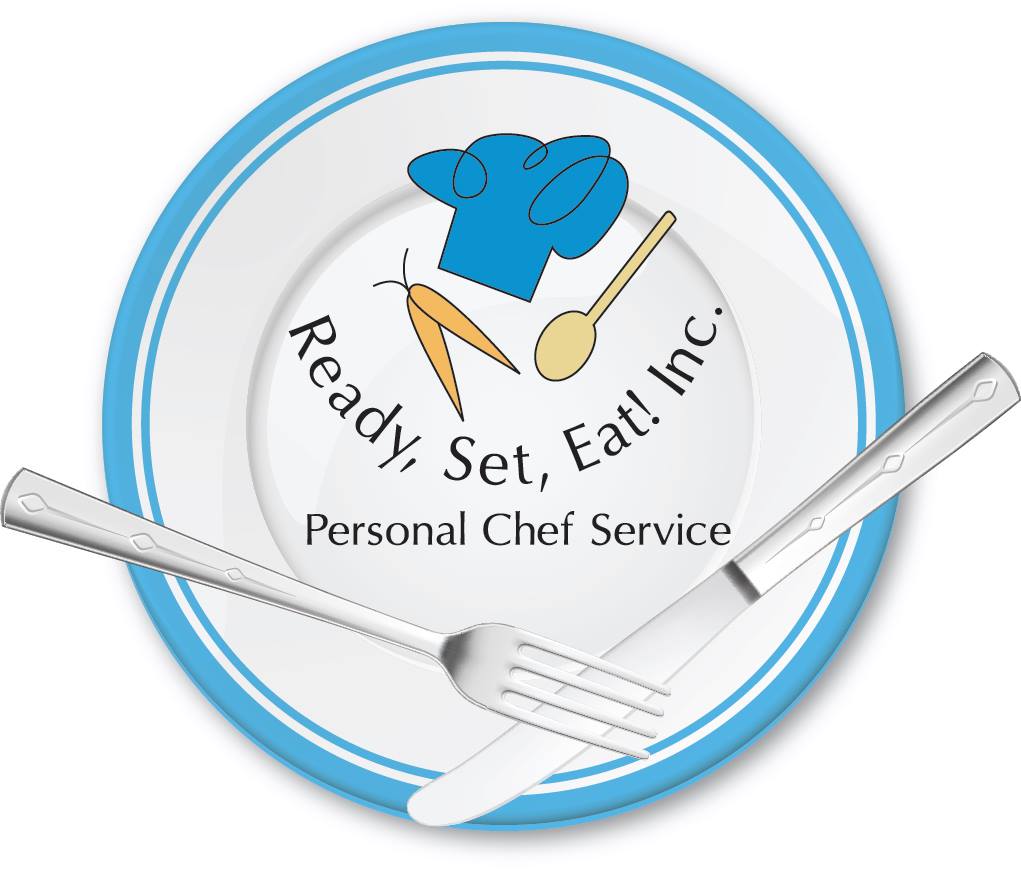Mogul or 'Classic" cooking of North India, as well as regional Indian cooking is covered in this course, emphasizing light and subtle preparations particularly suited for entertaining.

Mogul or 'Classic" cooking of North India, as well as regional Indian cooking is covered in this course, emphasizing light and subtle preparations particularly suited for entertaining.
Brahmin cuisine of the Dravidian South and the Jain cuisine of Western India — noted for low-calorie, low-salt dishes and made with natural whole grains, variety of legumes, yogurt, homemade cheese, garden vegetables and fruits — are also covered in depth. Using whole meal flours and special kneading, rolling, and techniques to make Indian breads are an integral part of this course, as well.
Julie Sahni offers intensive participation, private courses for professional and non-professional cooks. Starting Januuary 1, 2019 Instruction is available in three formats: 1 day Immersion program, 2 days Intensive program, and 3 1/2 days Comprehensive program.
The classes are held during weekends and weekdays and some spanning over both and are limited to three (3) students. All classes are taught year-round in the specially designed teaching kitchen in Chef Sahni's Brooklyn Heights studio.
The 1day format includes 8 hours of instruction, 2 days format includes 12 hours of instruction plus 4 hours Indian market visit, and 3 1/2 days format includes 24 hours of instruction plus 4 hours Indian market visit. All courses emphasize the use of aromatics in cooking and their effect on the palate. C
ooking techniques, appropriate use of Indian spices, herbs and seasonings, and planning healthful, balanced meals are covered in-depth. Historical and cultural background and religious ideologies behind cuisine are also included.

What is Dim Sum? Garam Masala? Epazote? Choose a different region per class! Learn techniques particularly for certain types of regional cooking, while making 2-3 different dishes. Offerings do depend on the skill sets of our chef, Shana Larsen. Check to verify the region of interest.

Learn the secrets to using Indian spices and cooking techniques, so you can make all of your Indian restaurant favorites at home.

Introduction to Vegetarian Indian class is offered by Home cooking New York. Menu: Chana Masala (spiced chickpea-tomato curry) Garlic Naan Cilantro-Mint Chutney

Indian food remains an enigma for many. Contrary to popular belief, Indian food is not just curry and spicy food. The foundations of Indian cuisine is based on the Ayurvedic principles and thus has a deep connection to seasons.

Upon completion of the series you will have learned over 40 recipes and possess a thorough understanding of the Indian vegetarian cooking tradition. Highly recommended for beginners and culinary connoisseurs alike.
© 2025 coursetakers.com All Rights Reserved. Terms and Conditions of use | Privacy Policy